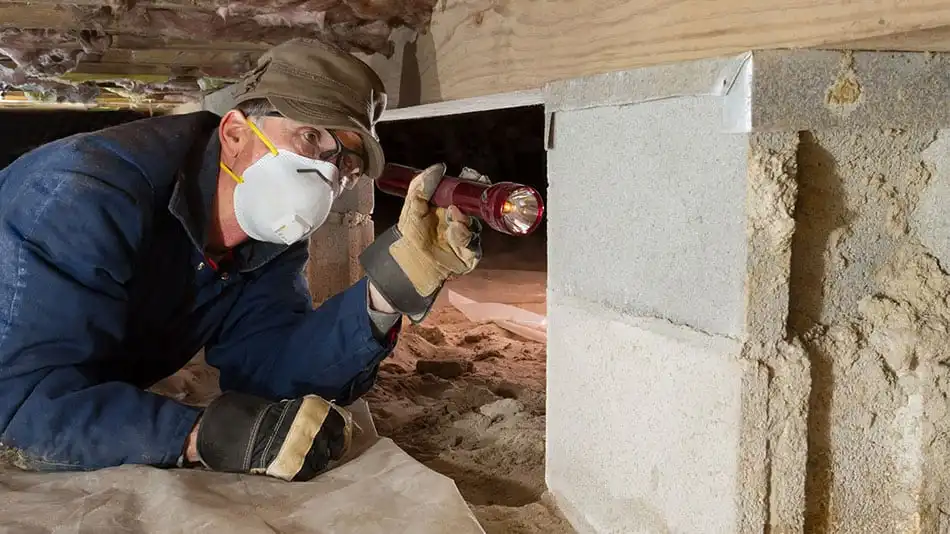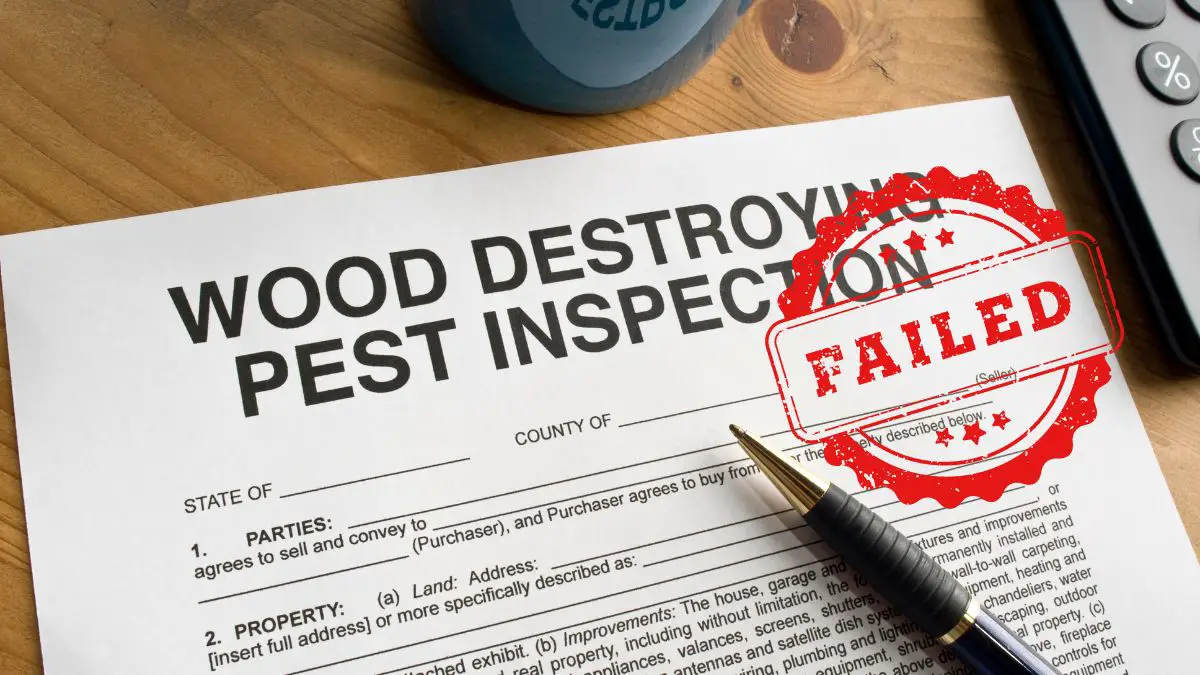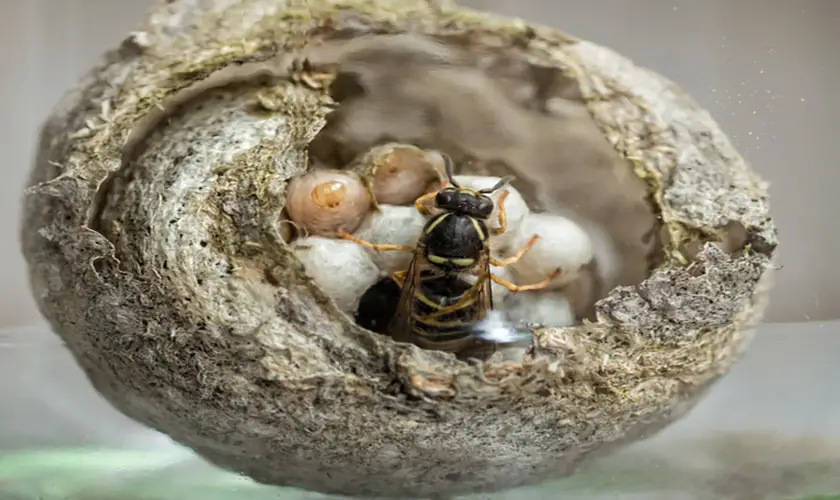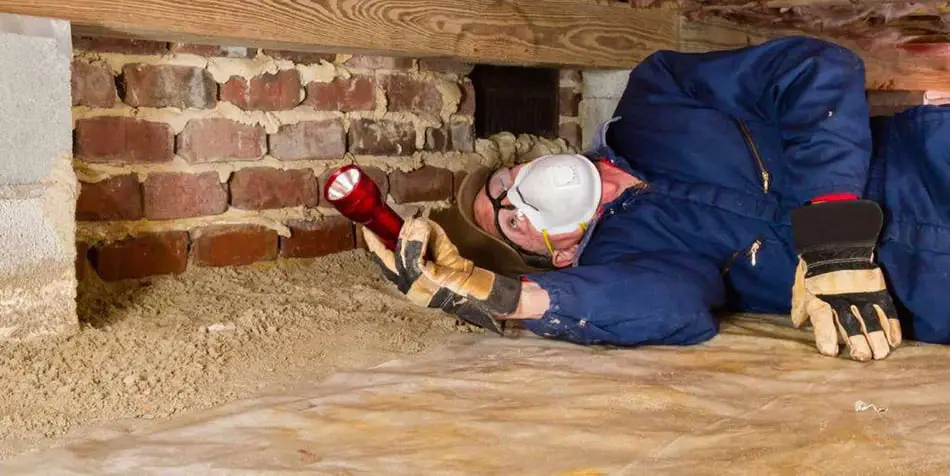
Bug zappers are used worldwide to rid people’s yards and houses of pesky insects. Installing a zapper can help reduce the number of bugs flying around your property, but will bug zappers also kill fleas?
Most insects that are attracted to bug zappers are nocturnal, flying insects. However, fleas are not attracted to the UV light of a bug zapper, making them ineffective as a flea treatment.
Get FREE quotes from licensed pest control technicians in your area today. Whether you need spraying for ants, roaches, spiders, ticks, mosquitos, or bed bugs, We Can Help! All technicians are screened, licensed, and insured.
There are more effective ways than a bug zapper to kill fleas. Let us go through them down below.
Will a Bug Zapper Work For Fleas?
Your average hanging or countertop UV light bug zapper will not work well for killing fleas.
Fleas stay close to their host and are not likely to journey to where bug zappers are. They are also more attracted to green-yellow light than the ultraviolet light of a bug zapper.
If you place it directly beside a shallow dish of soapy water, you may have limited success using a bug zapper to attract fleas.
If the fleas are attracted to the UV light of the bug zapper, they will then fall into the soapy water trap. The bug zapper and water dish will need to be placed in an area likely to house fleas, such as your pet’s bed.
How to Prevent a Flea Infestation
The best way to avoid a flea infestation is to prevent it in the first place; here are three tips to help you.
1. Secure Your Yard and Home Exterior
Wild animals, like raccoons, or your pets, can carry fleas into your house. Fleas can also infiltrate your attic or garage. These bothersome and dirty creatures can live in your carpets, upholstery, bedding, or areas where your pet likes to hang out.
Preventing fleas from gaining access to your house starts with taking care of your yard (if you have one).
Cut Your Grass
Keeping your grass at a reasonable length and other foliage cut back is essential. Cutting your grass will reduce where fleas can hide in your yard.
Get Rid of Food in the Yard
You will also need to ensure that you are not inviting unwanted, flea-carrying guests into your yard. Do not leave out food or even empty food containers in your yard.
Wild Animal Odor
The odor can attract animals such as raccoons, opossums, and stray cats or dogs. These visitors are almost guaranteed to be carrying fleas.
Fill Cracks in the House
Raccoons, in particular, are fond of breaking into attics, garages, and sheds. They are looking for shelter, and these places are ideal for their needs.
To avoid this, fill any cracks or openings that may allow them access. Also, be sure to cut tree branches and shrubs that act as a bridge to your house or shed.
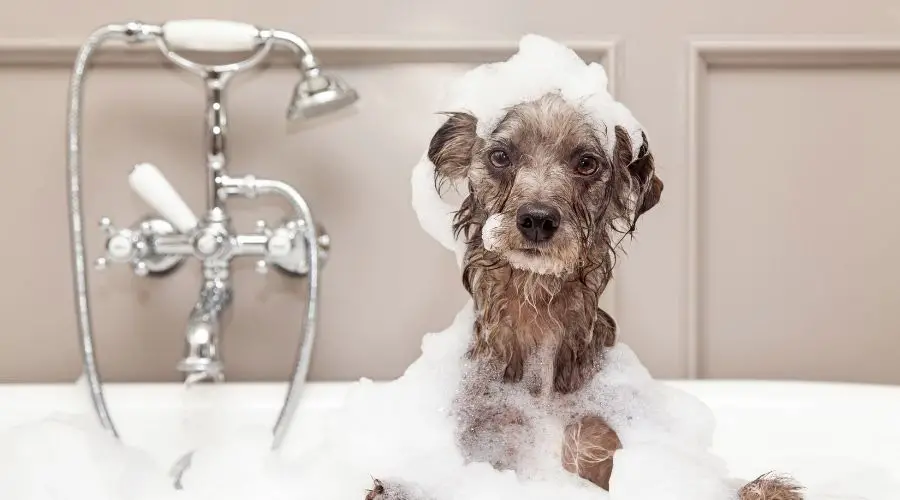
2. Prepare Your Pet
Make Your Pet Undesirable for Fleas
Another way to prevent a flea infestation is to make your pet an undesirable host for fleas. Depending on your personal preferences, plenty of preventative flea control options are available on the market.
These options range from prescribed oral and topical medication to naturally derived products containing tea tree oil or diatomaceous earth.
We recommend Earthbath All Natural Shampoo because it is bio-degradable, cruelty-free, and comes in two packs. Some reviewers mention how it solves their animal’s skin issues and say the scent is not overpowering.
Clip the Hair
In addition, if your pet has long hair, consider keeping it clipped short during the warmer months to discourage fleas from making their home on your pet.
Avoid Parks with Long Grass
You may also want to avoid taking your pet to dog parks with long grass or off-trail nature areas during flea season. Avoiding these areas will also decrease the chances of your pet picking up other unwanted critters such as ticks.
Comb Their Hair Once Indoors
When you bring your pet indoors after an outing, try giving them a good once over with a flea comb as part of your post-walk routine.
3. Maintain a Clean Home
The most important thing you can do when it comes to keeping your house clean and avoiding a flea infestation is to vacuum.
Vacuum Constantly
Time permitting, you should aim to vacuum your floors every second day and perform a thorough vacuum once a week. This includes vacuuming baseboards and furniture.
Clean Throw Rugs
If you have throw rugs, wash them regularly in hot water or hang them in the sunlight during the warmer months.
Inspect Animal Beds & Toys
Please pay special attention to vacuuming areas your pet frequents and regularly inspect their bed and toys for fleas. Don’t forget to vacuum under your furniture as well.
According to the AgriLife Extension Service of Texas A&M University, this vacuuming practice can eliminate 30% of larvae and 60% of flea eggs.
Empty the Vacuum Regularly
Empty and replace your vacuum bags weekly, and you can even throw a flea collar in your vacuum bag for extra protection and killing power.
Effective Ways to Kill Fleas
If you discover a flea infestation in your home, here are three approaches you can take to get rid of these pesky creatures.
1. Flea Zapper Combs
As mentioned previously, a bug zapper will not work effectively to eliminate fleas. Flea zapper combs, however, will work for killing fleas.
Powered by batteries, these combs brush through your dog or cat’s fur and work by emitting a weak static charge that will stun and kill any fleas or eggs it comes in contact with.
The comb is not harmful to your pet, nor does it cause pain. Using this item weekly in between infestations will help keep your pet and house flea-free.
2. UV Vacuums
Vacuums are another excellent way to get rid of fleas. Daily vacuuming is a good idea when discovering fleas in your house.
Be sure to vacuum every inch of your floors (carpets, hardwood, linoleum), baseboards, and furniture. Adult fleas will die as they go into the vacuum, and the larvae will be forced out of their eggs and die.
Female fleas can lay up to 50 eggs daily, and these pests can carry viruses and diseases. It is essential that you not only get rid of the adult fleas but any eggs as well.
Using a vacuum with additional UV light power will enhance your flea-killing efforts, possibly by 50%. These vacuums have a UV light built into the brushing and suction mechanisms which act as a sterilization agent for germs, bacteria, and viruses.
Not only do carpets contain fleas and their eggs, but also microscopic blood and fecal matter, which fleas feed off. A UV vacuum is a great way to neutralize these harmful elements and eliminate flea infestation faster.
In addition to the zapper comb and UV vacuum, there are more traditional ways to control and eliminate flea infestation.
3. Medications
You can give veterinary medications to your pet topically or orally, apply natural remedies such as apple cider vinegar and tea tree oil, and commercial-grade shampoos and sprays are also available.
Are Fleas Attracted to UV Light?
Ultraviolet (UV) light falls in the range of the EM spectrum between visible light and X-rays. It ranges from bright white to bright purple (violet) in appearance.
Ultraviolet light is the type of light used in bug zappers and is very attractive to many insects that fly around at night.
Moths, beetles, and flies are examples of insects that are drawn to UV light and are the most common insect types caught in bug zappers.
Fleas, on the other hand, are attracted to a different type of light. Adult fleas, in particular, are drawn to green-yellow light. This type of light attracts more fleas than a regular household light bulb.
Cat fleas, for example, are very attracted to green-yellow light, and placing a green-yellow light bulb near your flea trap will dramatically increase the number of fleas caught.
You can make a flea trap out of soap and water. In a shallow dish that the fleas can quickly jump into, place a bit of water and add up to 1 oz of dish soap. The dish soap will ensure the fleas cannot jump back out of the dish.
Place your dish near your pet’s bed or another area where your pet likes to hang out. Next, find a lamp you can place near the plate and fit it with a green-yellow light bulb. These bulbs are easy to find at your local hardware store and are affordable.
The number of fleas you catch should be significantly more than if you were to use a trap without the green-yellow light.
Fleas can perceive light and an absence of light. When a light turns off and on quickly in their environment, they perceive the intermittent darkness like a shadow from nearby.
For this reason, fleas are more attracted to intermittent light than a constant light source.
Even though fleas prefer green-yellow light, one can still utilize UV light in the battle against these pesky creatures.
What Kind of Bugs Does a Bug Zapper Kill?
Ultraviolet light is very attractive to many insects flying around at night. This is why this type of light is in bug zappers.
Insects that fly at night are supposed to navigate their way by moonlight and are thrown by artificial light.
Moths, beetles, and flies are insects drawn to UV light and the most common insect types killed in bug zappers.
Moths and flies, in particular, cannot resist the urge to fly into a bug zapper because they have a positive phototaxis or an instinct to gravitate towards light.
The number of moths killed in bug zappers is problematic to the general balance of nature. As night-time pollinators, moths are vital in the continued pollination of plants (including food crops) and flowers. Moths can carry pollen over a much larger distance than a honey bee.
The eyes of a fly are sensitive to the wavelength of light that the sun (UV light) emits. The sun is their primary light source, so naturally, the light attracts them more.
Flying beetles are another insect with a positive phototaxis that often ends up in bug zappers.
Unfortunately, many insects killed by bug zappers are non-stinging and more beneficial to humans and the environment than harmful. Many insects that end up in bug zappers are considered essential pollinators and are food for many species of birds.
What Kind of Bugs Are Not Attracted to Bug Zappers?
1. Mosquitos
Mosquitoes are not attracted to bug zappers. Ironically, most people purchase bug zappers to eliminate mosquitoes from their year or deck; however, this is not an effective way to eliminate these particular pests.
Mosquitoes are not attracted to bug zappers because they are naturally drawn to the carbon monoxide that people and other animals emit. Their leading indicator is that food is nearby, and they can sense our presence from far distances.
Only female mosquitoes bite, and to control them means doing a few things.
- First, eliminate any standing water on your property. This is where they lay their eggs.
- Secondly, mosquitoes love thick, damp vegetation. It is best to encourage sunlight and airflow in your gardens and hedges. Perhaps consider trimming back your foliage to make your yard less attractive to mosquitoes.
- Lastly, you can try wearing a repellent. Many types are available on the market, including the harsher chemical-based formulations and the less toxic products made from natural ingredients.
2. Honey Bees
Honey bees are another insect that is not attracted to bug zappers. Thankfully, these important insects are not attracted to light and are not out at night flying around.
3. Deer & House Flies
Bug zappers are also ineffective at killing Deer Flies and Horse Flies. These insects are most active during the daytime and are not in the vicinity of bug zappers during the hours of darkness.
Does Monster Zapper Kill Fleas?
The Monster Zapper is a patented, 2400 volt indoor bug zapper that covers 3000 square feet of living space. Remodeled using the style of the old-school bug zappers, it is a popular choice on the market.
The manufacturer claims the Monster Zapper is different from other bug zappers as it instantly kills fleas and other small insects. These insects include; bed bugs, lice, and fleas.
Check out this video for information on the Monster Zapper.
Final Thoughts
Even though a bug zapper will technically kill fleas, it is not an effective way to manage a flea infestation.
Bug zappers kill many types of insects, most of which are beneficial pollinators and not the biting type of insect we wish to get rid of.
The best way to have a flea-free home is to prevent an infestation from happening, and if these pesky creatures do make an appearance, you can take plenty of effective measures.
Get FREE quotes from licensed pest control technicians in your area today. Whether you need spraying for ants, roaches, spiders, ticks, mosquitos, or bed bugs, We Can Help! All technicians are screened, licensed, and insured.


